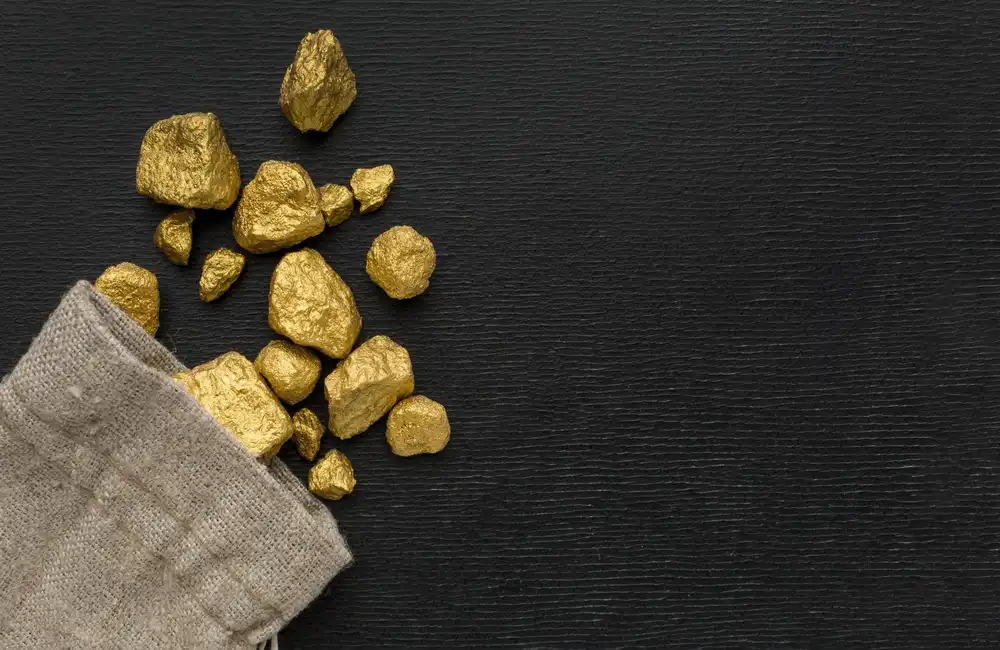The global economy relies heavily on commodities which serve as fundamental elements across energy and agricultural sectors.
Investors view commodities as essential assets beyond simple raw materials. Investors utilize commodities as inflation protection while achieving portfolio diversification and they demonstrate strong performance during times of economic instability. Investors who want to pursue commodities need to comprehend the various strategies for obtaining exposure to this asset class. The following section details the best strategies available for investing in commodities along with their advantages and disadvantages while mapping how they fit your financial objectives.
Why Invest in Commodities?
A Hedge Against Inflation
Commodities represent physical assets that tend to maintain or build value throughout inflationary periods. Gold and similar precious metals serve as safe-haven assets when fiat currency experiences a decline in purchasing power.
Diversification Benefits
The distinct behavior of commodities from stocks and bonds turns them into a top choice for diversifying an investment portfolio. Commodities usually present low or negative correlations to traditional equity markets allowing them to stabilize portfolios during other asset class downturns.
Performance in Economic Volatility
Key commodities like oil natural gas and agricultural products maintain their value during economic volatility due to their fundamental demand requirements. Investors who want stable investments should consider commodities because they add value to their portfolios.
1. Direct Ownership
Investors acquire tangible gold, silver, or platinum investments by working with dealers or brokers and buying through marketplaces. Investors who prefer to physically possess their investments commonly choose this method.
Advantages
- Tangible Asset: Physical ownership delivers the confidence that comes with a solid investment which remains unaffected by market fluctuations.
- No Counterparty Risk: Physical commodities remain secure because they don't rely on an issuer's financial strength unlike paper assets.
Risks
- Storage and Security Costs: Physical commodities need secure storage solutions which become costly over time.
- Liquidity: The process of selling physical commodities often requires more time and effort than trading paper assets.
2. Commodity ETFs and Mutual Funds
Investors can gain commodity exposure through exchange-traded funds (ETFs) and mutual funds without having to physically store and manage tangible assets. These financial products monitor commodity prices and deliver diversified investment opportunities through a single investment vehicle.
Advantages
- Ease of Access: Investors can easily enter or exit ETF positions because they trade on major stock exchanges.
- Diversification: Through one investment you can achieve broad exposure to several commodities including energy precious metals and agricultural products.
- Cost-Effectiveness: Investors benefit from ETFs because they offer low expense ratios when compared to other types of managed investments.
Risks
- Tracking Errors: Management fees and other factors may cause some funds to deviate from the exact price of the underlying commodity.
- Volatility: Commodity funds maintain diversified portfolios but undergo substantial value fluctuations in response to worldwide market changes.
3. Futures and Options Trading
The financial market offers futures and options as sophisticated trading tools which enable investors to forecast commodity prices without the necessity of holding the physical goods. Futures require participants to complete a transaction of buying or selling a commodity at a predetermined price when the contract expires while options provide investors with the right to make such transactions without any obligation.
Advantages
- Leverage: By investing a minimal amount of capital you gain control over a substantially bigger investment position.
- High Profit Potential: The right timing can lead to substantial profits from futures and options in a brief period.
Risks
- High Volatility: The extreme fluctuations in prices can result in losses that surpass your initial investment amount.
- Complexity: Due to their complexity and need for extensive market understanding these instruments are not appropriate for novice investors.
4. Mining and Energy Stocks
Investing in resource-extraction and production firms like mining companies and energy producers represents another viable investment strategy. Investors gain indirect access to commodity market fluctuations by investing in stocks whose profits depend on commodity prices.
Advantages
- Dividend Potential: Regular dividend payments from commodity-producing companies deliver consistent financial returns to investors.
- Broader Growth Opportunities: These companies’ market value can rise through their operational improvements and market growth together with changes in commodity prices.
Risks
- Company-Specific Risks: Mining or energy companies with falling production levels or poor management structures may encounter financial difficulties that neutralise positive effects from strong commodity prices.
- Volatility: The performance of these stocks remains linked to wider equity market trends.
5. Commodities-Focused Investment Funds
Hedge funds and private equity firms frequently provide managed investment portfolios that focus on commodities. The investment funds target long-term market exposure through the oversight of professional fund managers.
Advantages
- Expert Management: Professional investors analyse market trends to make strategic decisions that benefit your investments.
- Diversification: Investment funds reduce risks by combining both diverse commodities and multiple strategies.
- Passive Income: Investors have the opportunity to bypass the active trading process of commodities through these funds.
Risks
- High Minimum Investment: Several funds demand a large initial investment which could be out of reach for many investors.
- Fees: Management fees can cut into overall returns.
Final Thoughts
Investment portfolios rely on commodities for their distinctive ability to protect from inflation while adding diversification benefits and reducing risks during economic turmoil. Investors can explore multiple paths to engage with this dynamic asset class through physical gold ownership, futures trading, or curated ETFs by signing up to our newsletter.




















